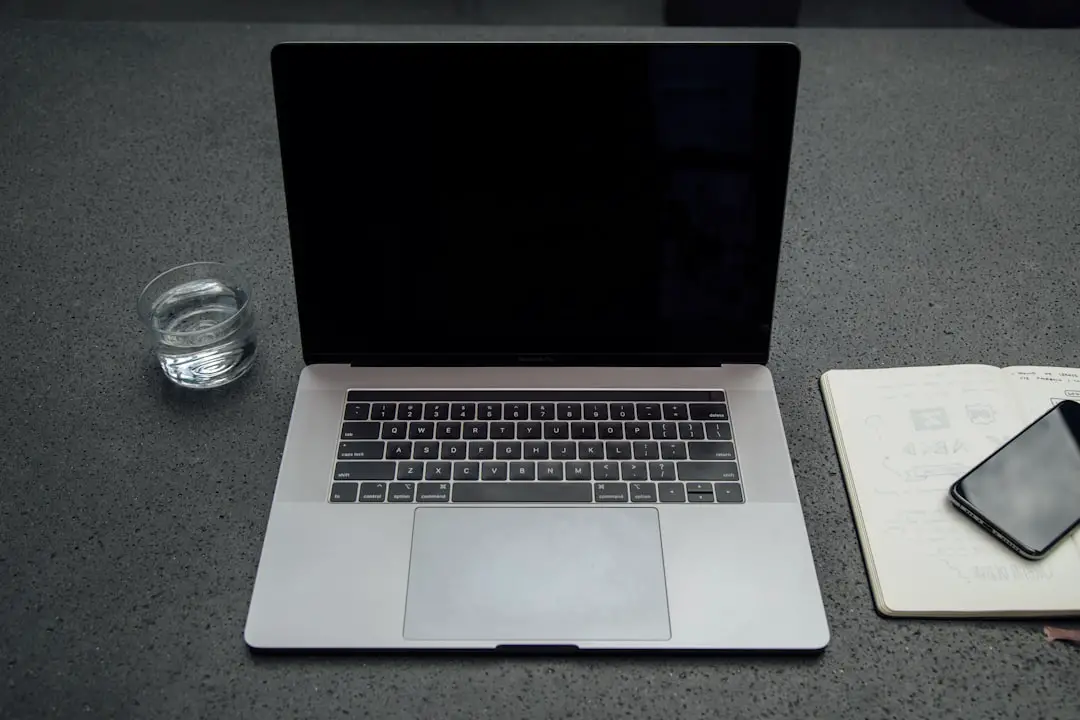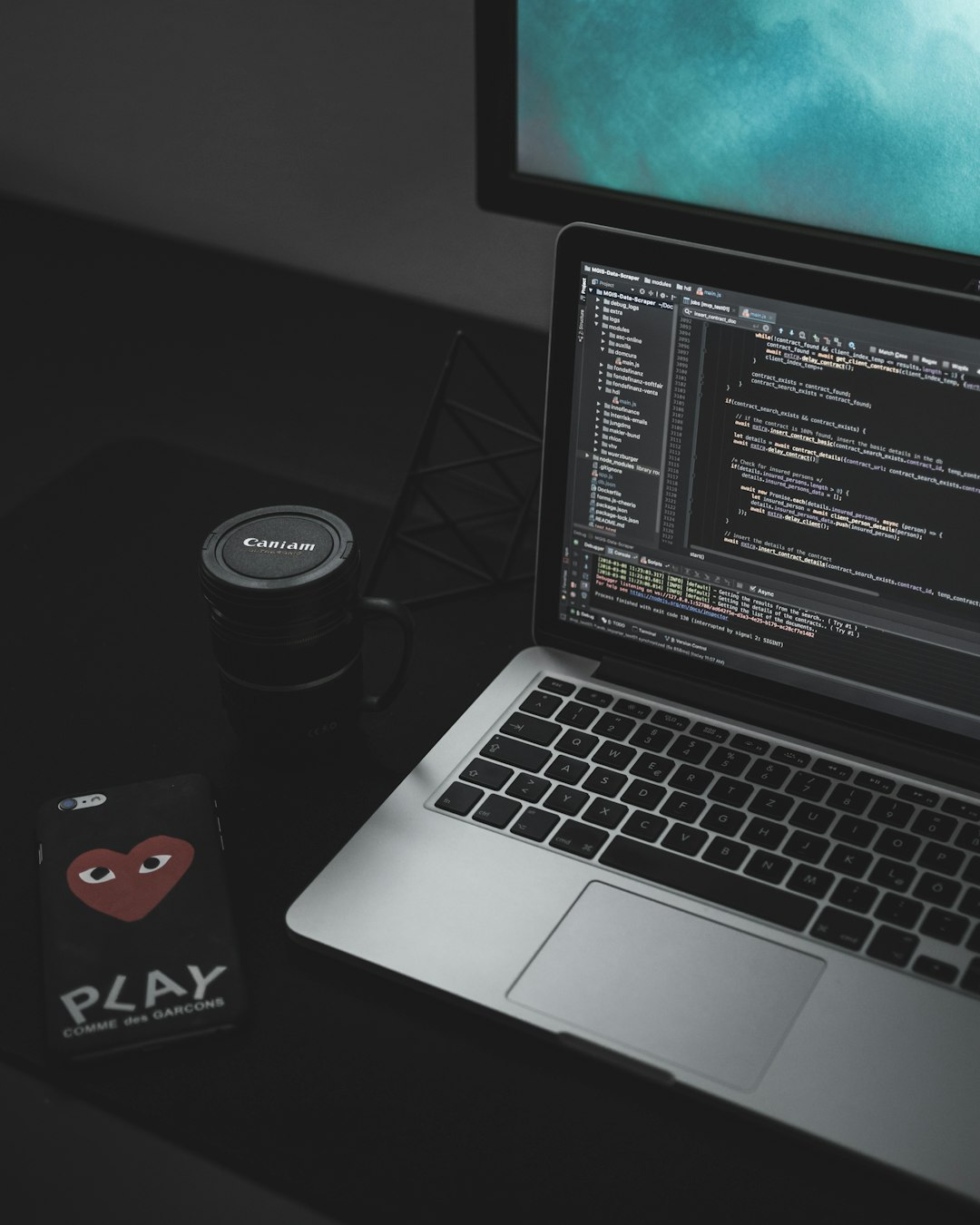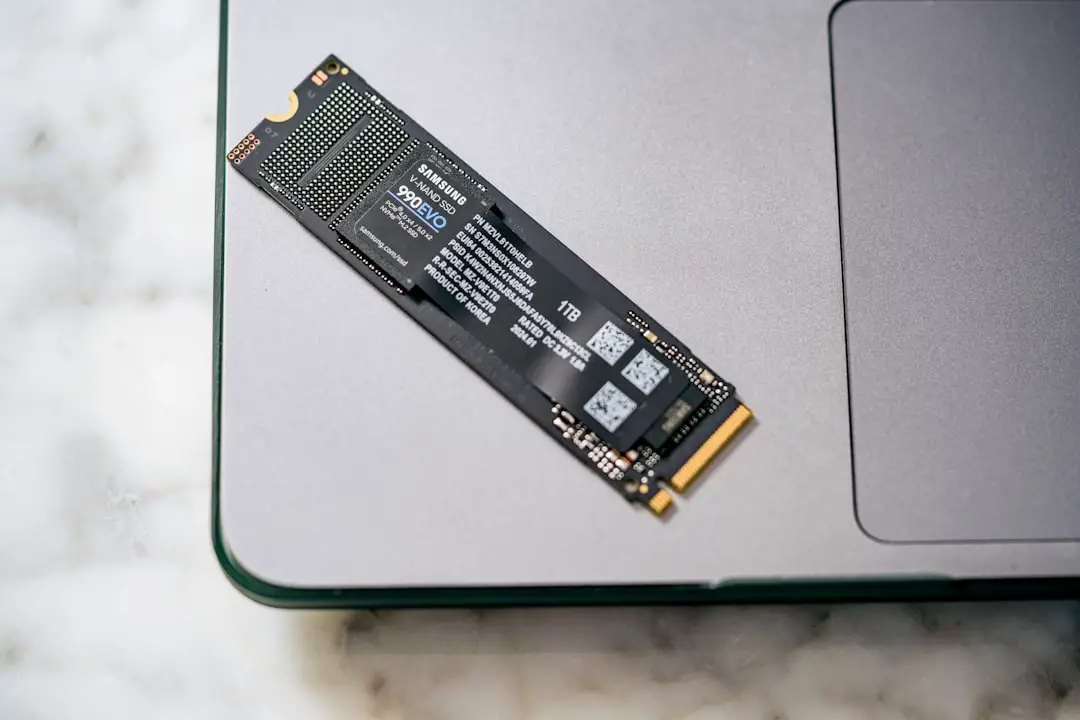HDMI is one of the most commonly used methods to connect displays, TVs, and projectors to a range of devices, including MacBooks. Thanks to its ability to transmit both video and audio signals simultaneously, HDMI is the go-to option for professionals, students, and home users alike. However, it’s not uncommon for MacBook users to experience issues when trying to connect their devices via HDMI. If you’ve ever connected your MacBook to an external display and been greeted with a black screen or missing sound, you’re not alone.
Luckily, most HDMI connection issues can be resolved with some basic troubleshooting and a few tweaks in settings. In this guide, we’ll explore how to identify and fix common HDMI problems on your MacBook, making sure your presentations, movie nights, or multi-tasking sessions go off without a hitch.
1. Check Your Hardware Connections
Before diving into software settings or more advanced troubleshooting, start with the basics:
- Ensure all cables are securely connected. Unplug and replug both ends of your HDMI cable to ensure a firm connection.
- Inspect your HDMI cable for damage. Even a small bend or fray can disrupt the signal. Try a different cable if you suspect it’s faulty.
- Try another port or adapter. If you’re using a USB-C to HDMI adapter (which most modern MacBooks require), the issue might be with the adapter itself. Test with another one if available.
Also, some adapters might not support 4K or high refresh rate displays. Make sure the one you’re using is compatible with your display’s resolution and your MacBook model.

2. Detect Displays Manually
If your MacBook isn’t detecting the external display automatically, you can try adding it manually:
- Go to System Settings (or System Preferences on macOS Monterey and earlier).
- Click on Displays.
- Hold the Option key, and you’ll see the Detect Displays button pop up. Click it to attempt reconnection manually.
This option is particularly useful when using HDMI switches, older TVs, or projectors that might not register properly on auto-detection.
3. Update macOS and Firmware
Keeping your system up-to-date can fix not just HDMI issues, but a host of other display and audio bugs:
- Click on the Apple menu in the top left corner.
- Select System Settings or System Preferences.
- Go to Software Update and install any available updates.
Apple occasionally releases firmware updates for its hardware components, including the video and audio subsystems responsible for HDMI output. Having the latest drivers ensures compatibility with new and existing external displays.
4. Verify Display Settings
Sometimes the external display is working, but the image isn’t being mirrored or extended correctly. Here’s how to check and adjust your display settings:
- Go to System Settings > Displays.
- If needed, drag the display icons to reorient them or change mirroring options.
- Click on each connected display and adjust resolution and scaling as needed.
For best results, match your external display’s native resolution and refresh rate. If your screen remains blank, try lowering the resolution — high-res settings can sometimes result in incompatibility over certain HDMI adapters.
5. Fixing HDMI Audio Issues
Not hearing audio from your HDMI-connected display? By default, macOS doesn’t always switch audio output to HDMI. Here’s how to check:
- Open System Settings > Sound > Output.
- Select your HDMI device (it may appear as your TV or monitor’s name).
- Adjust the volume level and ensure it’s not muted.
If your HDMI device isn’t showing as an option, try unplugging and reconnecting the HDMI cable or restarting both your MacBook and the external display.
6. Reset NVRAM and SMC
If you’re still facing issues, resetting your MacBook’s NVRAM (non-volatile RAM) and SMC (System Management Controller) can often resolve unexplainable hardware glitches. Here’s how to do it:
Resetting NVRAM:
- Shut down your Mac.
- Turn it on and immediately press and hold Option + Command + P + R.
- Keep holding for 20 seconds, then release.
Resetting the SMC (for Intel-based Macs):
- Shut down your MacBook.
- Press Shift + Control + Option on the left side of the keyboard and then press the power button at the same time.
- Hold all keys for 10 seconds, then release.
- Turn your MacBook back on.
Note that M1 and M2 Macs handle these resets differently, and in most cases, a simple reboot performs similar calibration functions automatically.
7. Use Apple-Approved Adapters
One often overlooked element is the quality and compatibility of the adapter. Third-party USB-C to HDMI adapters vary greatly in quality, and not all are compliant with macOS hardware or standards. If you’re facing reliability issues, switching to one that is Apple-certified can solve recurring disconnections, flickering, or blank screens.

Additionally, some adapters support HDMI 1.4, while others support HDMI 2.0 or 2.1. If you’re trying to project 4K resolution at 60Hz, you’ll need at least HDMI 2.0 compatibility across the whole chain — including your adapter and the display’s HDMI port.
8. Try Safe Mode and Diagnostic Tools
Booting into Safe Mode can help rule out third-party software that might be interfering with your HDMI functionality:
- Apple Silicon Mac: Shut down, press and hold the power button until “Loading Startup Options” appears, then select your startup disk while holding the Shift key.
- Intel Mac: Restart and hold the Shift key until the login screen appears.
In Safe Mode, try to connect your HDMI display again. If it works, the culprit might be a third-party extension or login item.
To further diagnose, use the built-in Apple Diagnostics by restarting and holding the D key at boot. This tool can alert you to hardware issues that may affect HDMI output functionality.
9. Check Monitor Input Settings
It’s easy to forget, but many external displays have multiple input modes (HDMI1, HDMI2, DisplayPort, VGA, etc.). Use your display’s physical buttons to open its menu and verify it’s set to the correct input source. Some monitors won’t auto-switch, requiring manual selection.
10. When to Seek Professional Help
If none of these steps work, the issue may lie in a hardware-level failure with your MacBook’s output port or the internal GPU. In such cases, contacting Apple Support or visiting an Apple Authorized Service Provider might be your next best step.
For MacBooks under warranty or AppleCare+, diagnostics and repairs are often covered. Be sure to back up your data before submitting your device for servicing.
Final Thoughts
HDMI issues on a MacBook can be frustrating, especially when you’re trying to display important visuals or enjoy a movie. But with the right approach and a bit of patience, most of these problems can be resolved at home. Start with checking your cables and adapters, then work your way toward settings and software updates.
Keeping macOS current, using reliable accessories, and knowing your display’s capabilities can go a long way in making HDMI connectivity smooth and stress-free.

